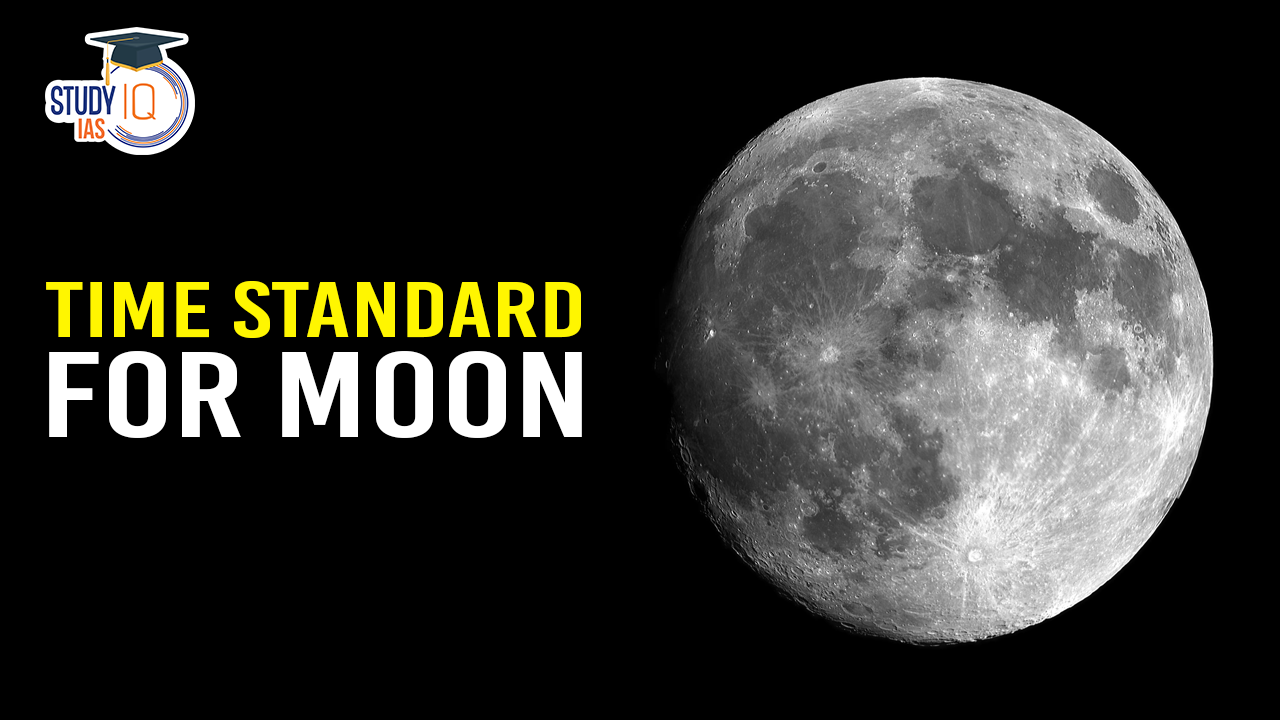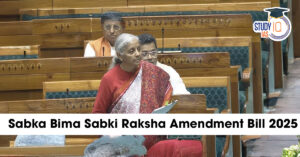Table of Contents
Context
- To support missions like Artemis, NASA has been tasked by the White House Office of Science and Technology Policy (OSTP) with establishing a standardised timekeeping system for the moon, to be called Coordinated Lunar Time (LTC).
- This will be synchronised with Earth’s Coordinated Universal Time (UTC).
- The deadline for the strategy’s implementation is December 31, 2026.
Why Is Coordinated Lunar Time Needed?
- Currently, moon missions use the time systems of the country operating the spacecraft.
- This lack of synchronisation can confuse future missions.
- As more space agencies plan a permanent human presence on the moon, LTC will be crucial for coordinating activities, both between bases and with their ground stations.
- LTC could form the basis for a lunar satellite navigation system (like Earth’s GPS) by 2030.
| Government Collaboration |
| The U.S. Departments of Commerce, Defense, State, and Transportation are collaborating on this initiative. |
Background on Time Standardization
- Origin of UTC: The concept of UTC was developed in the 1960s, utilising a weighted average of several atomic clocks for high precision, known as the International Atomic Time (TAI).
- Solar vs. Atomic Time: UTC was designed to bridge solar time (based on Earth’s rotation relative to the Sun) and atomic time, maintaining a close alignment with both.
Celestial Time Standardization Policy
- The White House policy aims to establish a time standard for each celestial body and its surrounding space, with an initial focus on the moon and cislunar activities.
- Key Features of the Time Standard:
- Traceability to UTC: LTC will be linked to Earth time.
- Scalability: Designed to work beyond just the Earth-Moon system.
- Accuracy: Must be precise for navigation and scientific purposes.
- Resilience: Functional even if contact with Earth is lost.
Implementation and Future Prospects
- Uniform Lunar Time Zone: Unlike Earth, the moon will have a single time zone, eliminating the need for daylight saving adjustments.
- Support for Permanent Lunar Presence: As international space agencies plan for permanent human habitation on the moon, LTC will facilitate coordinated activities and communications between space missions and ground stations.
- Foundation for Lunar Satellite Navigation: By 2030, LTC is expected to support the development of a lunar satellite navigation system, analogous to Earth’s Global Positioning System (GPS).


 Future of Governance in Post-Maoist Indi...
Future of Governance in Post-Maoist Indi...
 Sabka Bima Sabki Raksha Amendment Bill 2...
Sabka Bima Sabki Raksha Amendment Bill 2...
 SHANTI Bill 2025: India Opens Nuclear Se...
SHANTI Bill 2025: India Opens Nuclear Se...

























